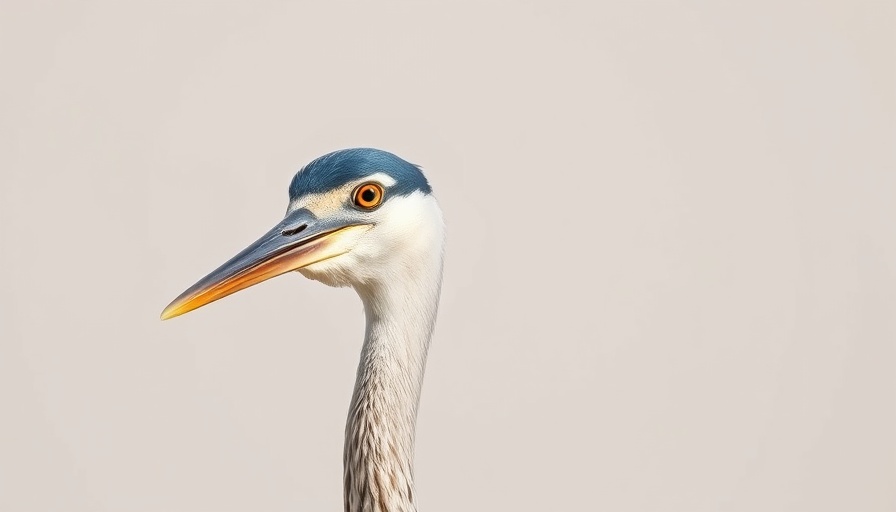
Honoring Our Feathered Friends
In a world increasingly troubled by extinction and habitat loss, poet Holly J. Hughes offers a poignant tribute through her literary work, Passings. This poetry collection pays homage to fifteen bird species we have lost or are presumed extinct, capturing their legacy in a way that resonates deeply with nature lovers and advocates alike.
The Influence of Personal Connections
Hughes's poetry is rooted in her childhood memories, where vibrant birds at her family's feeder sparked a lifelong passion. She recalls one particularly colorful cardinal that taught her the significance of beauty in nature and the fragility of life. Hughes emphasizes how our emotional ties to birds foster a broader understanding of their struggles against climate change and habitat degradation.
Couplets as a Reflection of Connection
Using couplets as her chosen form, Hughes not only pays homage to traditional poetic techniques but also visually represents the wings of birds in flight. The juxtaposition of these two-line verses echoes the interconnectedness of all living beings—highlighting how human fate is intertwined with that of our avian companions. Hughes's approach enriches her work with layers of meaning as she invites readers to reflect on the shared destiny of humanity and nature.
A Gateway to Awareness
The goal of Passings extends beyond poetry; it serves as a call to action for readers to engage with the plight of birds and the environmental issues they symbolize. By bringing attention to these lost species, Hughes aims to inspire a newfound respect for the avian world and encourage conservation efforts aimed at safeguarding the habitats we share.
Conclusion: A Collective Responsibility
Holly J. Hughes’s Passings is more than just a collection of poems; it is a heartfelt message that urges us to remember the birds we’ve lost and to honor their memories through action. As we stand at the crossroads of environmental change, Hughes’s work serves as a reminder of our collective responsibility to protect the world we inhabit—an inspiring call for hope and connection.
 Add Row
Add Row  Add
Add 




Write A Comment